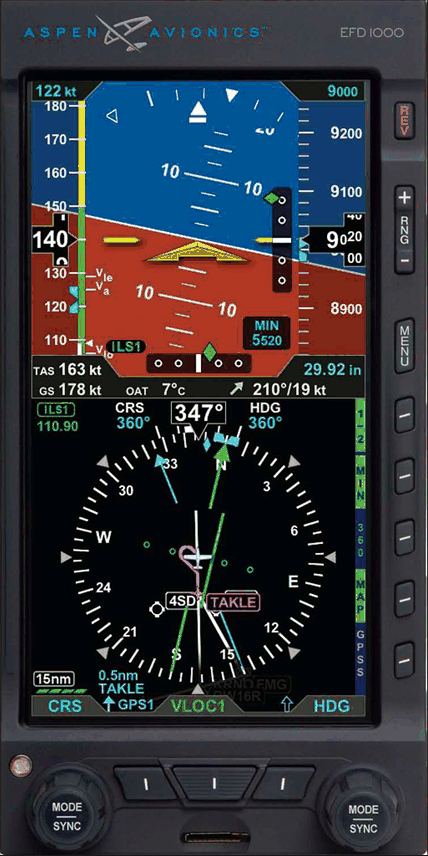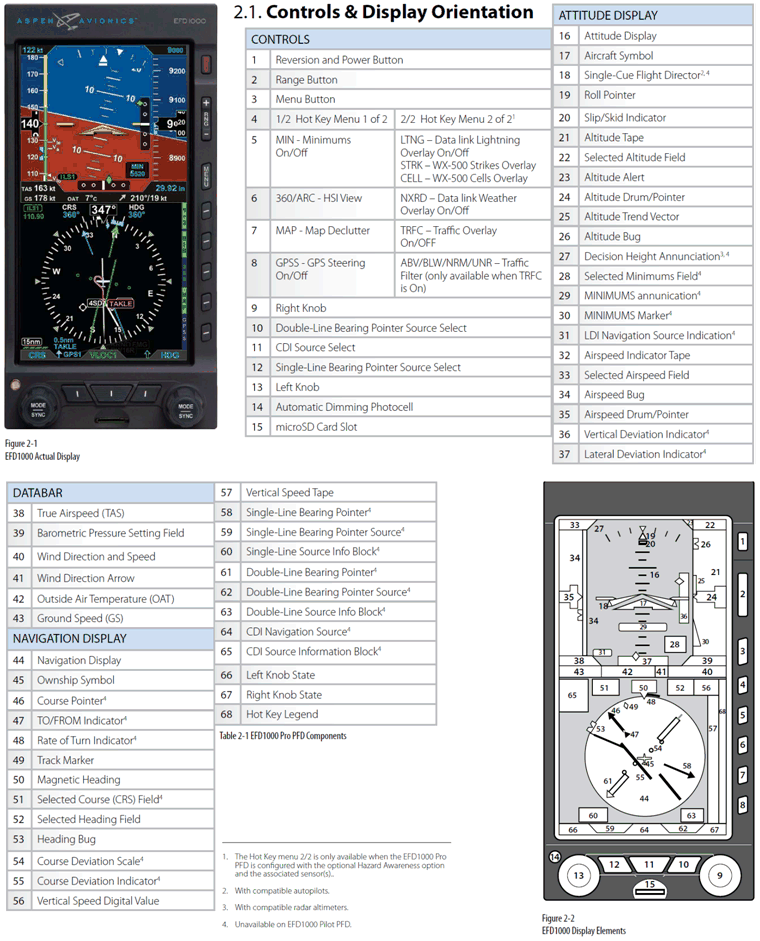Will I get "glass cockpit" experience if I complete my advanced Commercial Pilot training at Langley Flying School?
Students conducting Multi-engine Class Rating training, and Group 1 (Multi-engine) Instrument Rating training will receive flight-test proficiency on Aspen EFIS—what is commonly referred to as “Aspen Glass”.
The advantage of glass training is of course that glass displays are commonly used in commercial operations. In more practical terms, however, glass training prepares students in acquiring proficiency on more compressed and detailed flight and navigation displays and data—the main feature of glass cockpits, including speed and altitude tapes—but also the so-called trend display data, including the track marker and the altitude trend vector. The traditional heading indicator includes multiple overlays, including HSI, moving map, and two seperate sources bearing pointers (RMI).
Further Reading: Glass Cockpits
.jpg)



